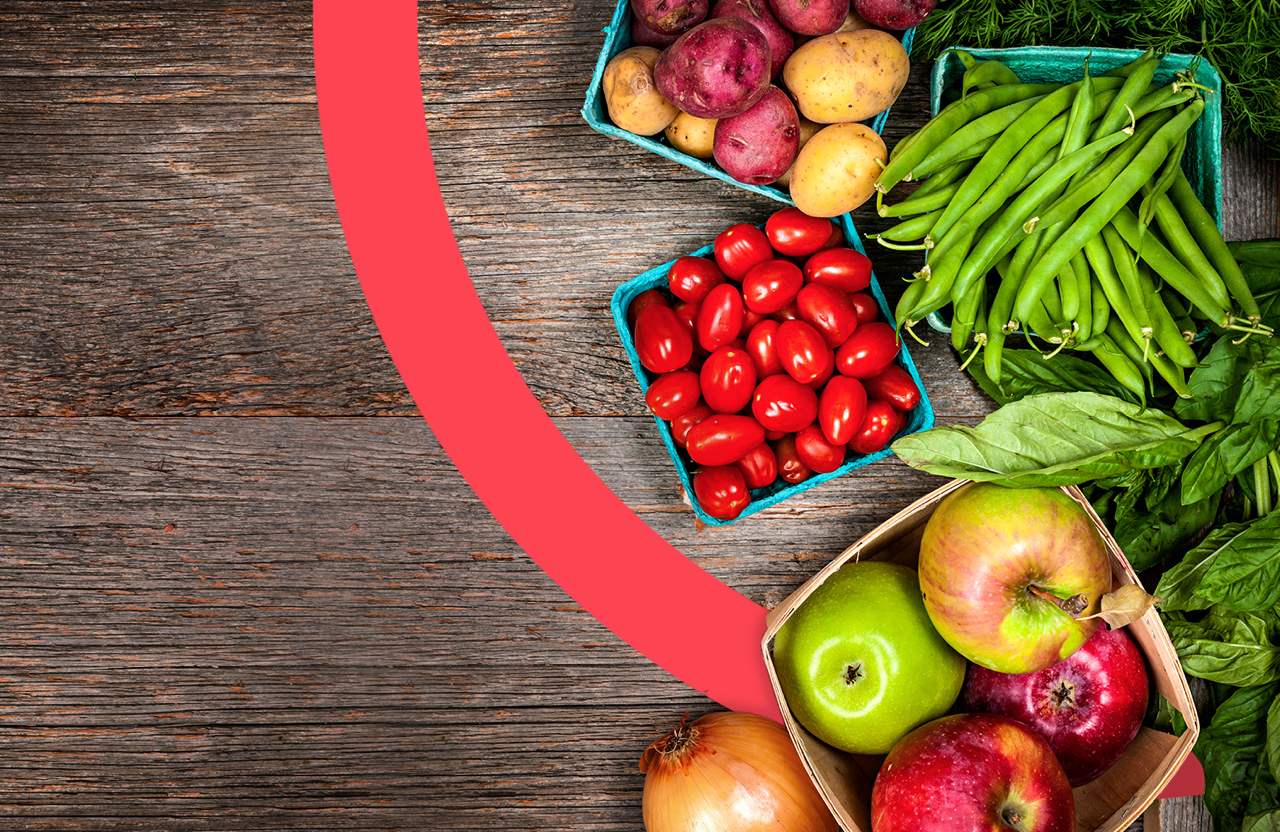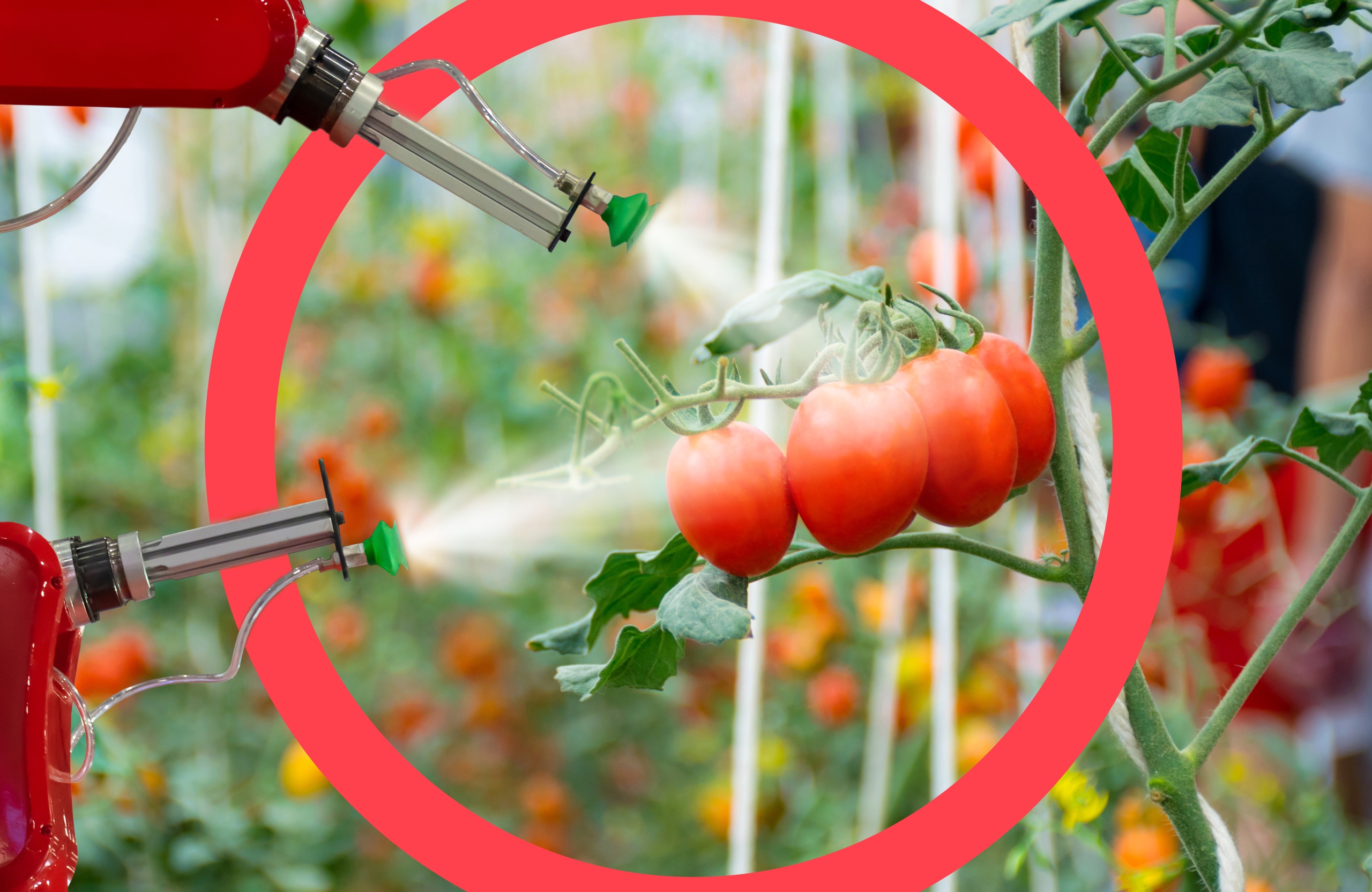What issue can we solve for you?
Type in your prompt above or try one of these suggestions
Suggested Prompt



Energy & Commodities
Six E-commerce Trends for Agribusinesses To Watch
Six E-commerce Trends for Agribusinesses To Watch
As explained in our ‘Ag Retailer’s Guide to E-commerce’, online selling can feel like an intimidating choice for agribusinesses that have built their reputations on personal relationships.
As well as having a solid understanding of their own needs and capabilities, there are new developments and changes in customer behaviors to keep abreast of too.
Here are six e-commerce trends to help agribusinesses succeed –ensuring solutions deliver on promises in a way that appeals to the people using them.
1. Social media will become even more important
According to DigitalMarketing.org, in 2020, 3.96 billion people around the globe (approximately half the world’s population) spend 144 minutes on social media daily. Those numbers are only expected to rise from there. Retailers that want to succeed online must learn to leverage social media and meet their customers where they already are.
2. Mobile will overtake desktop
Mobile usage accounts for approximately half of web traffic worldwide. When nearly everyone carries a minicomputer in their pockets or purses, they’re poised to buy from anywhere at any time. This applies two-fold for farmers that spend most of their time in the field. Retailers that build their e-commerce platforms with mobile in mind avoid the hassle of translating desktop websites later on.
3. Visual experiences will be driven by data
Every day, people create approximately 2.5 quintillion bytes of data. Retailers that use data to inform their e-commerce platforms can create personalized experiences that wow their customers. Access to first-party farmer data across digital channels is invaluable, particularly if the retailer is selling through independent representatives, dealers, or distributors. This type of data about the growers allows retailers to gather important insights about the end user of their products and even predict products customer might want in the future.

4. Retailers will focus on fulfillment
E-commerce giants like Amazon have raised the bar on lightning-fast shipping. While agribusinesses may not be able to compete on that level, they can work to optimize their fulfillment networks. Both sides of the supply chain need to work together: retailers must maintain updated inventories, stock available products and partner with logistics companies for the rest.
5. Partnerships will define the new marketplace
Logistics companies are just one of many potential partners that retailers will work with in the coming years. As agribusinesses grow their e-commerce presence, it makes sense to find ways to offer adjacent products. Retailers that sell custom fertilizer mixes and raw materials, for example, might partner with equipment companies that sell mixing machines.
6. Retailers will test new products on e-commerce first
Before fully investing in a new product line, more businesses will test a product’s success online first. This gives retailers a smart way to gauge customer interest without purchasing a full inventory of unproven product. If the product moves online, chances are the sales team will succeed in bringing it to the customers they interact with offline as well.
Related Reading
-
![Agri Business]()
Why B2C E-commerce Should Shape Agribusiness
As demand moves from offline to online, how does agribusiness need to change in order to succeed?
-
![Agri Retailers]()
Ag Retailers Guide to E-commerce
Our experts offer invaluable advice for scoping out and creating an e-commerce platform that complements existing agribusiness sales channels. Read our do’s and don’ts.
-
![6 big misconceptions]()
Six of the Biggest E-commerce Misconceptions
We explore and counter some of the main barriers that are stopping agribusinesses from embracing the valuable world of e-commerce.







